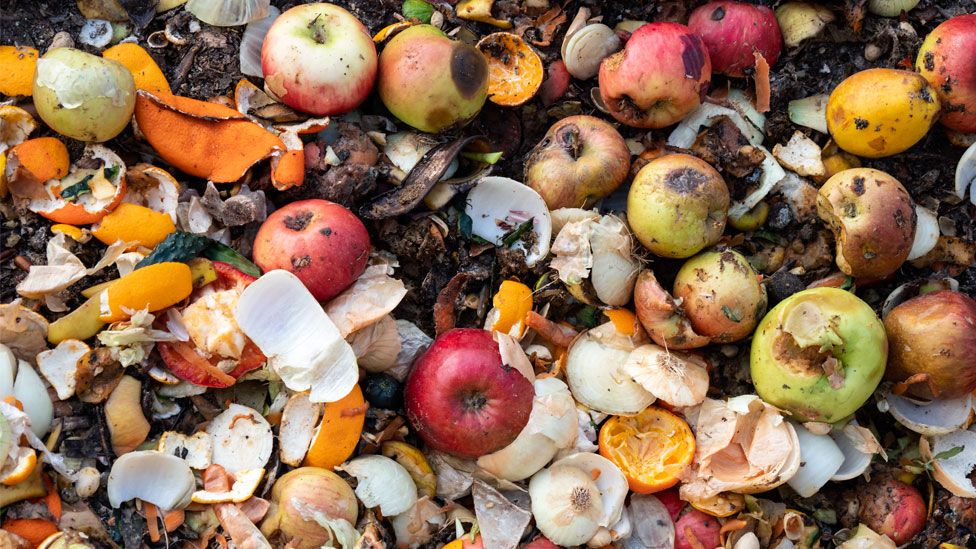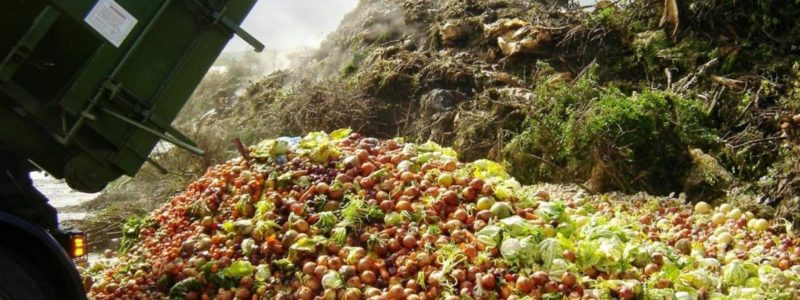Because organic wastes such as plants, food scraps, and paper may be decomposed biologically through composting and digestion processes, they can be recycled. The resulting waste matter is repurposed for use in agriculture or landscaping as mulch or compost. As a byproduct of the process, gaseous substances like methane are caught and used to generate electricity and heat. Controlling and increasing the organic matter’s natural breakdown is a fundamental goal of biological processing.
Numerous composting and digestion technologies exist. Simple home composting to large-scale industrial digesting of mixed domestic garbage can be found. Aerobic or anaerobic ways of biological decomposition were used to classify the various processes. These two strategies can be combined in many ways.
Anaerobic digestion is more environmentally friendly than landfilling or incinerating when it comes to solid waste’s organic content. Its biogas (methane) can be used for both electricity & heat generation. Gas combustion engines and turbines can also be upgraded with this technology. In order to use it as a source of natural gas, it must be upgraded further to artificial natural gas. It can also be employed in the fuel cell which remove pollution products such as SOx, NOx, particulate, dioxin, etc. from the combustion process.
The term “waste reduction” refers to the practice of reducing the amount of waste generated before it is created in the first place. Reuse of 2nd products and the creation of reusable products are both part of this effort. Reusing and mending broken objects rather than buying new, as well as urging people to avoid single-use plastic bags and other disposable items, all contribute to reducing waste. Products that utilize less material for the same goal must also be designed.
Treatment Of Sewage Using Biotechnology

Biotechnology is employed in a variety of ways to clean wastewater around the world. Anaerobic treatment and Activated Sludge are two of the methods included. All of these approaches are based on the use of microbes to remediate organic waste in sewage as part of biological wastewater treatment process.
Active sludge utilizes bacteria and protozoa that break down trash naturally in order to produce biogas. To ensure a steady supply of oxygen, the procedure includes aerated tanks. Activated sludge, which is a type of liquid waste, settles at the bottom of the clarifier tank along with the solid wastes. After that, the activated sludge is returned to the aeration tank for a second round of aeration with the fresh batch of sewage in it.
There are a number of different types of trickling filters, including those composed of stones or plastic media. A thick layer of slime and bacteria covers the bed. When bacteria act to breakdown sewage, water trickles through the pores in the bed, and enough air is passed to make this an aerobic process. Biological oxygen demand (BOD) and suspended solids can both be reduced using this method.
